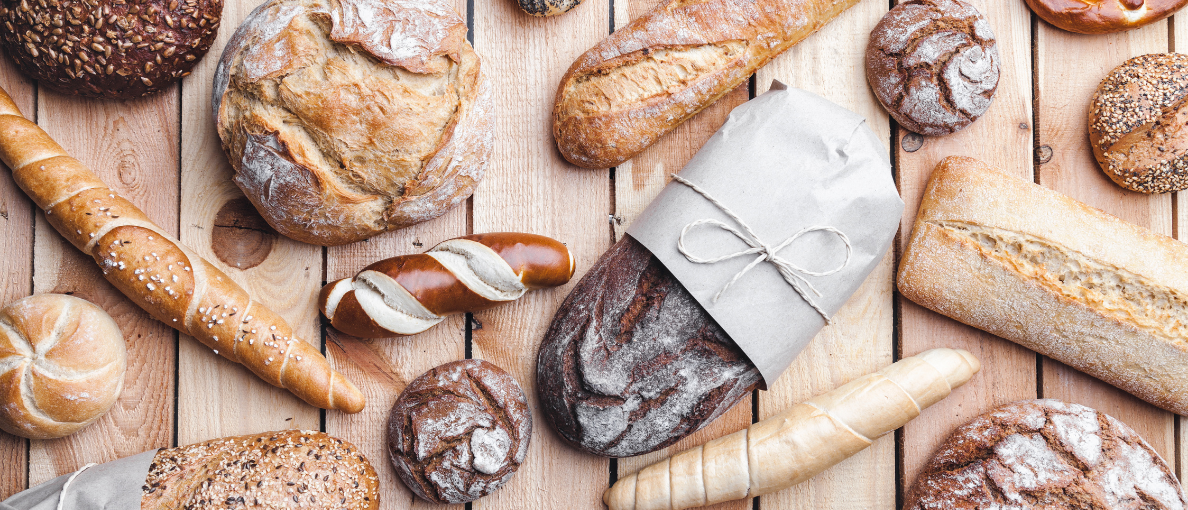Today we’re talking about bread, which is one of our absolute favorite topics to talk about! After all, nothing smells better than freshly baked bread.
Bread has been there for us since the beginning of time, or at least close to it. And every country on earth has bread that they’re known for. This means that there are more types of bread out there than most people know.
How many types do you know? What do you know about them? Let’s dive in and learn a bit more about this amazing food!
Table of Contents
How Many Types of Bread Do You Know?
1. Focaccia
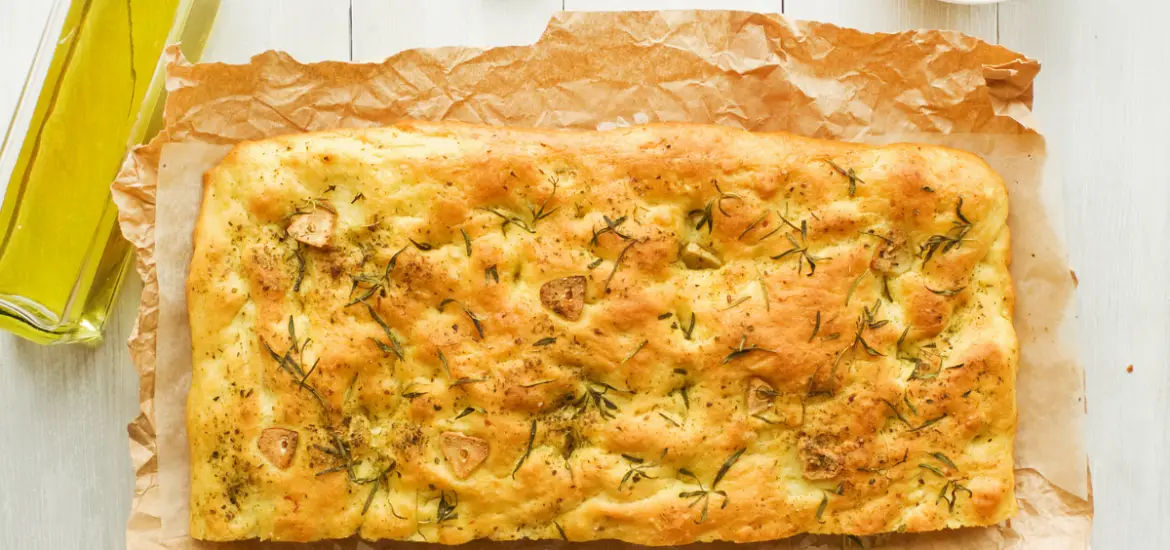
Do you want to guess where this flatbread originates? We’ll give you a hint; it’s the land of perfect pasta!
Yes, Italy’s phenomenal pizza has a cousin! At least that’s how we think of focaccia bread since you can also add toppings to it. Actually, there’s a popular theory that focaccia is the early form of pizza in Italy. It dates as far back as the Ancient Greek and Rome civilizations.
Traditional focaccia is plain, high in gluten, and flavored with olive oil. Rosemary focaccia is one of its most popular variations. Focaccia is generally easy to make, the only thing you need is an oven with very high heat! Or if you’d like a little help with getting the dough prepared, consider using a bread machine.
2. Bagels
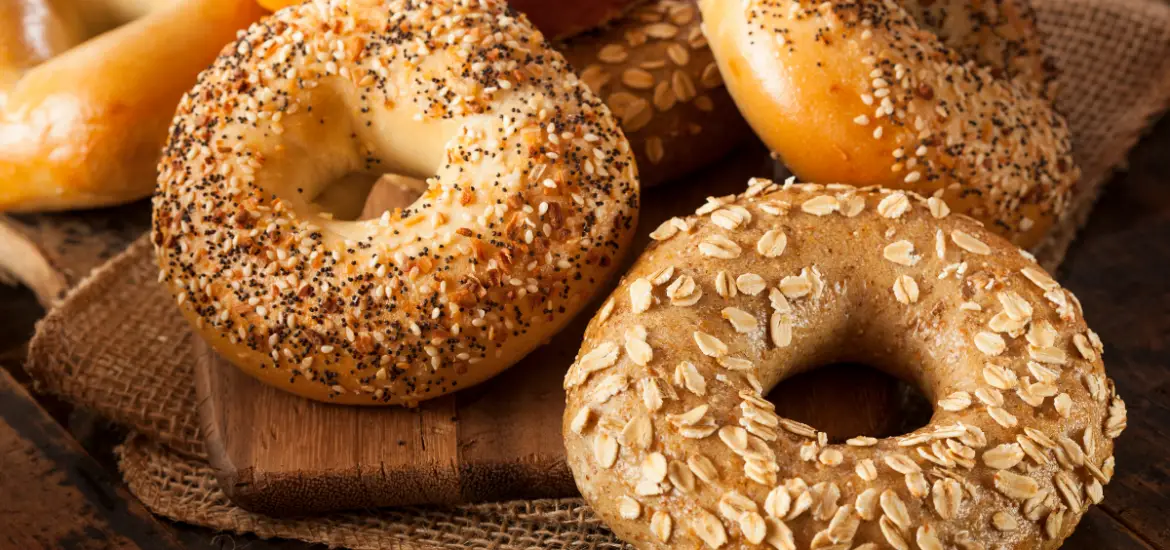
How often have you had a crunchy, cream-cheese bagel for breakfast? Better yet, with smoked salmon? This savory donut-like bread is a favorite among most people, us included. Nothing beats their chewy interior, especially when it’s made with poppy seeds or onion, yum!
Rumor has it, this ring-shaped bread can be traced back to Vienna. Fun fact, a local baker made bagels to celebrate the prevention of a Turkish invasion. Thank you, Turkey!
Bagel-making isn’t for beginners. It can be tricky to get that texture if you’re new to baking and, let’s face it, the texture is the best part!
3. Sourdough Bread

Savory people love this one! The secret behind sourdough’s unique, bitter taste is lactic-acid produced by bacteria. Don’t worry, it’s the good kind of bacteria! Leavened bread is made by leaving a mixture of water and flour out for a couple of days to create its sour taste. Oh, and did we mention leavened bread originated in ancient Egypt?
Sourdough is delicious with anything, just like regular bread. It’s also healthier since it’s easier to digest. Unfortunately, it’s not that easy to make and requires some serious baking skills to perfect.
4. Classic French Bread
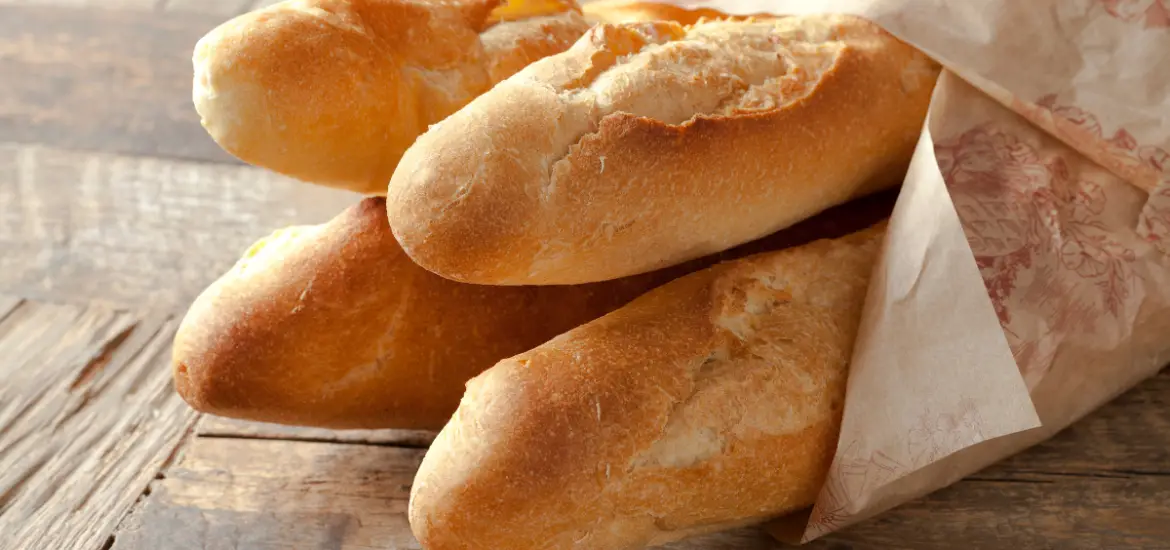
Classic French Bread is commonly known as baguette. Bread-lovers know that the thick crust on baguettes makes any sandwich taste incredible.
The making of baguettes is quite precise; its 2” size means that the bread will be exposed to as much heat as possible. The ingredients are dictated by French law, believe it or not. Bakers are to use flour, yeast, salt, water, and nothing more. But don’t let that fool you into thinking it’s easy to make. If it’s your first time baking bread, this could be a challenge.
5. Ciabatta
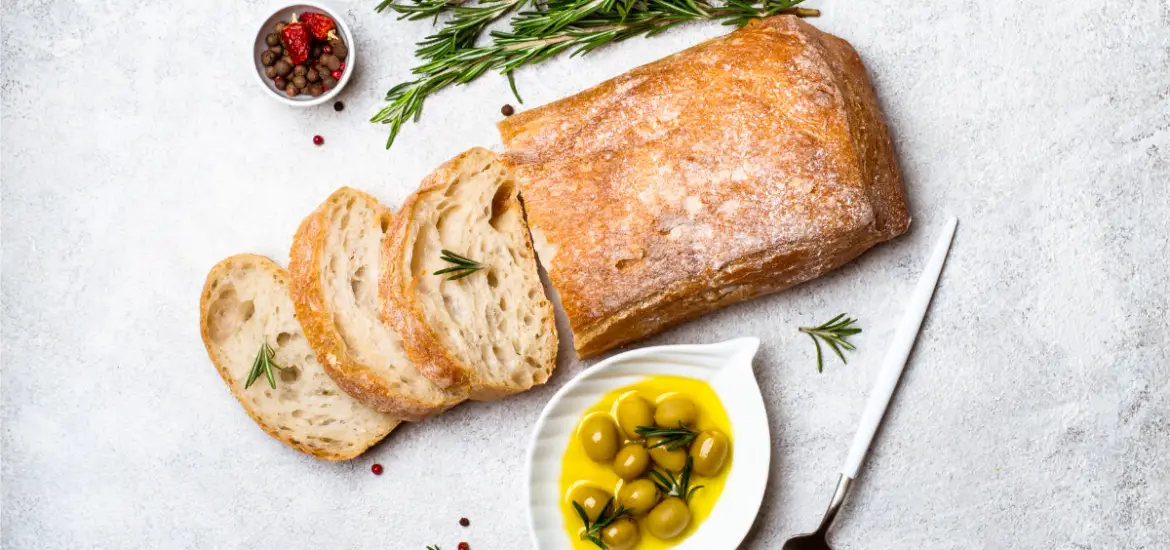
The ciabatta was created in the 20th century as an effort to compete with the popularity of baguette in Italy. Contrary to popular belief, it’s actually not that traditional! You can even make it at home, it’s no biggie.
The water-based, slipper-shaped bread is quite soft and crumb-free. Yes, we just said slipper-shaped. After all, ciabatte is Italian for slippers! If you don’t like dry bread, try making a ciabatta sandwich. You can also eat it with your soup! You can thank us later.
6. Struan
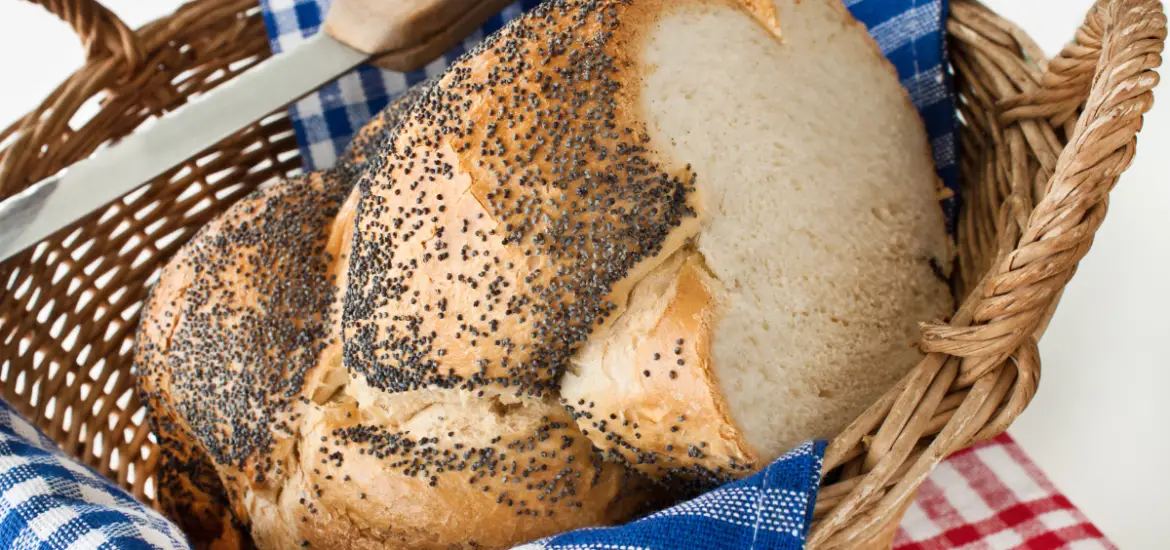
Some struan bread recipes are easy to make at home, although they require some time to prepare. This whole-grain Celtic bread is typically baked with poppy seeds. Its ingredients can include cornmeal, rolled oats, wheat or oat bran. You can even throw in cooked brown rice.
Struan is quite soft and has a low density. It can taste like cake sometimes, which many people love!
7. Challah
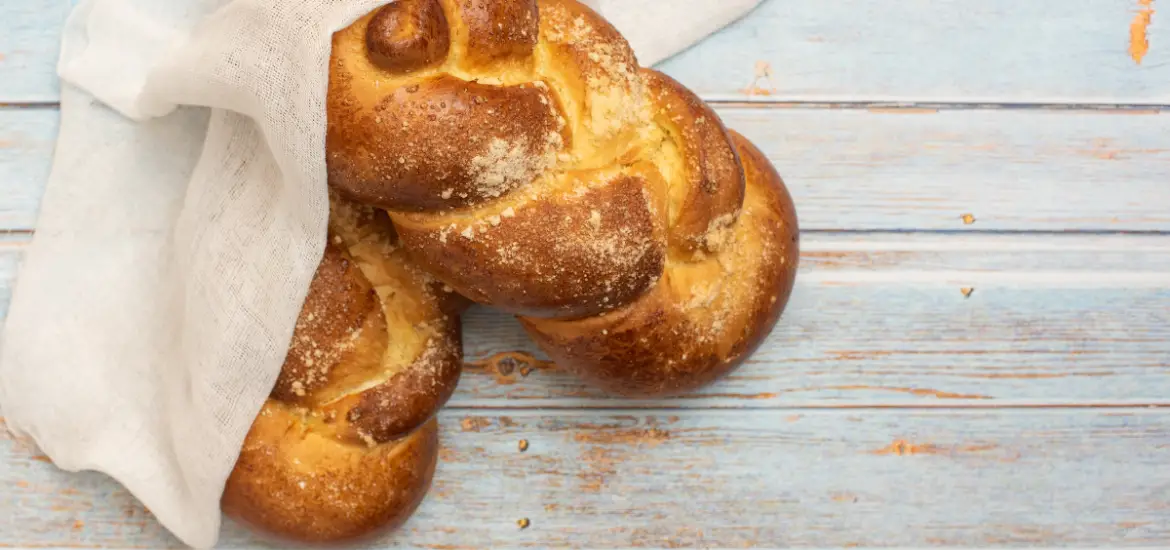
While challah is popular in Europe, it’s originally Jewish. It takes the shape of a braid and is usually topped with sesame seeds. This bread is nearly as soft as cake. It’s fairly easy to make, the hardest part is probably braiding it.
There’s a Jewish tradition referred to as taking challah, where Israelite people save a portion of the bread they’re eating and give it to their priests. Some people continue this tradition today, but instead of the offering to the priests, they burn a small portion of the bread they bake.
8. Sandwich Bread
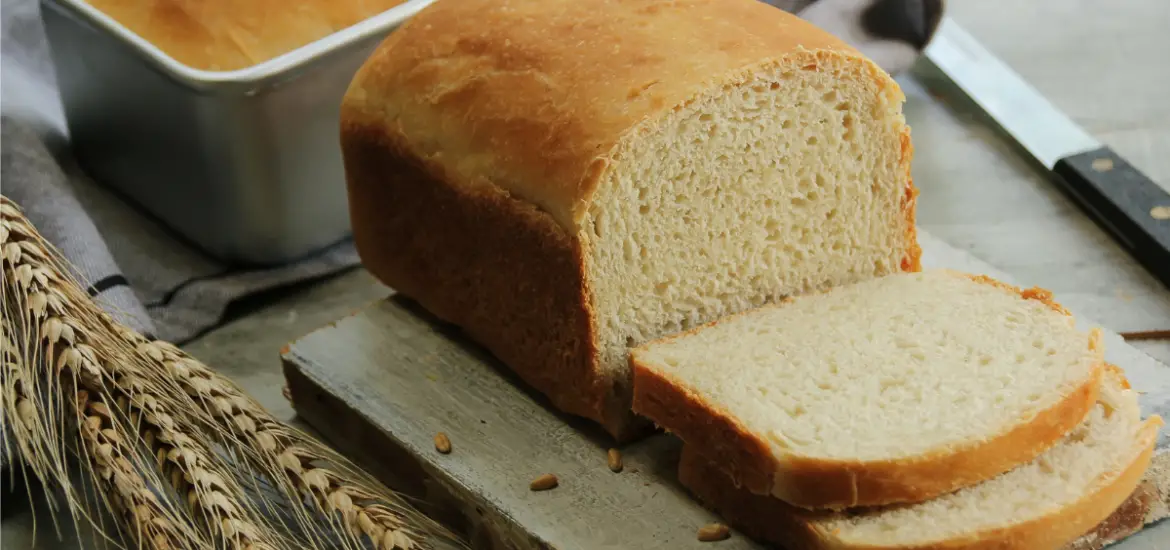
Let’s explore America’s number one type of bread. Sandwich bread!
Rye
Rye is one of the healthier variations of sandwich bread. Made with rye flour and grains, it contains the least amount of gluten out of the three types of sandwich bread. This high-fiber bread is rich in nutrients and is known for its multiple health benefits.
You probably already know its sour taste. You’ve probably also noticed how it’s denser than other bread. Do you know its origin? Its popularity rose in Northern Europe.
White Bread
We don’t know about you, but to us, nothing makes a better PB&J than a toasted white bread sandwich. The best part? You don’t need to be a pro baker to make it at home!
This is the most original type of bread. Ancient Egyptians were actually the first people to make bread and this was the first kind of bread ever made. Here’s a fun fact, bread making was actually really expensive to make so it was only for the royals.
Whole Wheat
Another ancient Egyptian bread, whole wheat is perhaps the world’s most popular whole-grain bread. It’s rich in fiber, antioxidants, vitamins, and minerals. It doesn’t only improve your health, but it might also reduce the risk of colon cancer! It requires very little skills to make, so go on and get baking!
9. Dinner Rolls
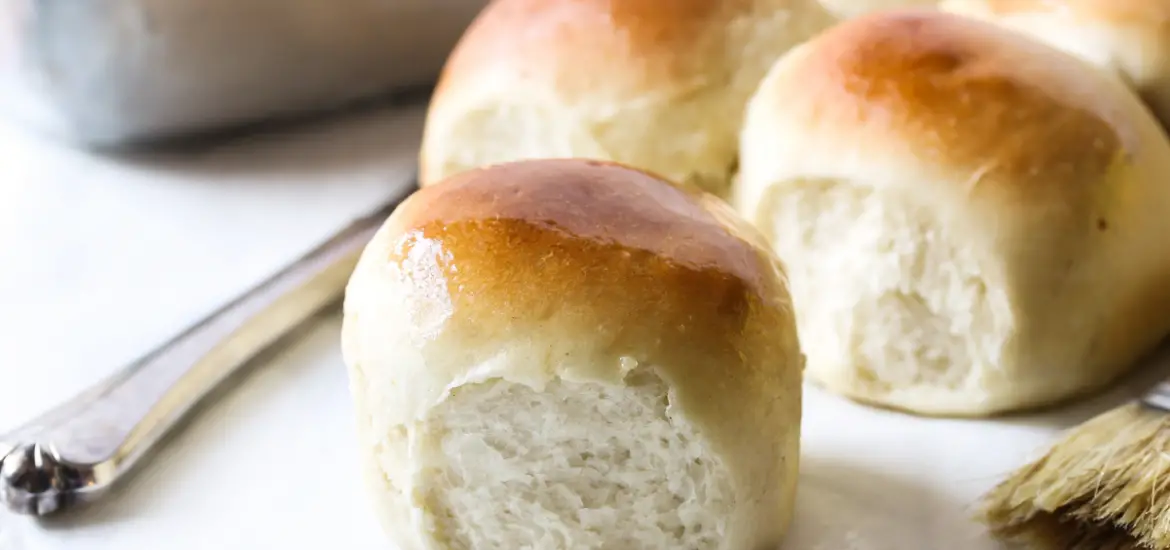
Any bread-lover has a special appreciation for dinner rolls. When done right, these soft, buttery rolls are too good to be eaten with anything else! Nonetheless, they’re typically served with dinners.
Their origins can be traced back to 18th century Guam, where the Spanish settlers began baking their own bread. It was actually a tradition for families to bake their own rolls, up until buying them at the store became much more convenient.
10. Cheese Bread

This one is pretty self-explanatory. But really, how can you beat the combination of bread and cheese together? Cheese bread can come in many different shapes and sizes.
Pão de queijo, which translates into Brazilian cheese bread, was introduced to Brazil by African slaves. It started out as simply baked starch before cheese and milk were added to it in the 19th century to give it its creamy and sour taste. Cheese bread is super easy to make if you can locate tapioca starch. Pick up some salsa while you’re at it, you’re going to want to dip it in.
11. English Muffins
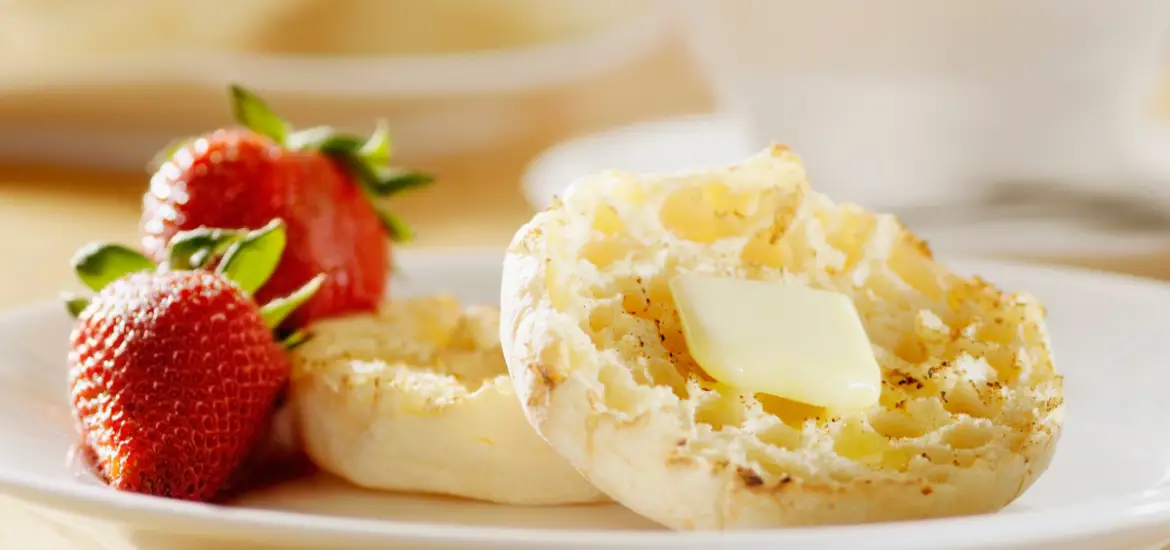
What are eggs Benedict without English muffins? Poached eggs! Thanks to Samuel Bath Thomas, eggs Benedict are in our lives. Thomas was the one who used his family recipe to introduce the world to English muffins, which aren’t even English! Nope, the British immigrant opened up his bakery in NYC when he moved there in the 19th century.
This dense, spongy type of bread gets its unique taste from the milk used. You need little to medium baking skills to make them at home.
12. Soft Pretzels
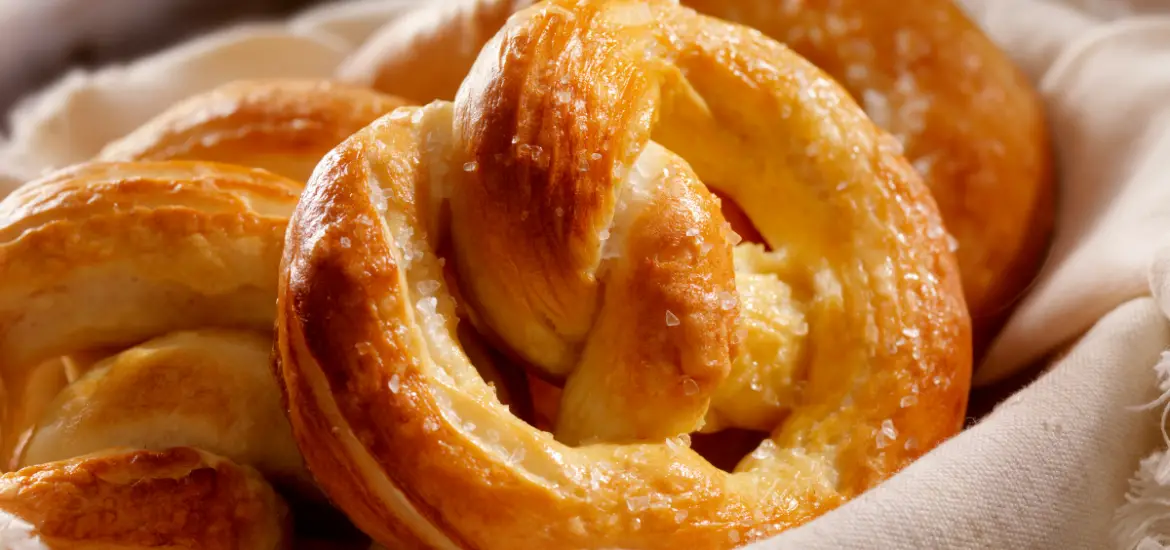
We all love pretzels, so much that April 26th is known as Pretzel Day! I bet you didn’t know that. These crusty baked goods deserve to have their own day. They were actually invented by Monks in either Italy or France. The key to their crusty exterior is baking soda wash. Grab a good recipe and bake them at home, you can do it! Don’t forget a cheese dip to best enjoy them.
13. Biscuits
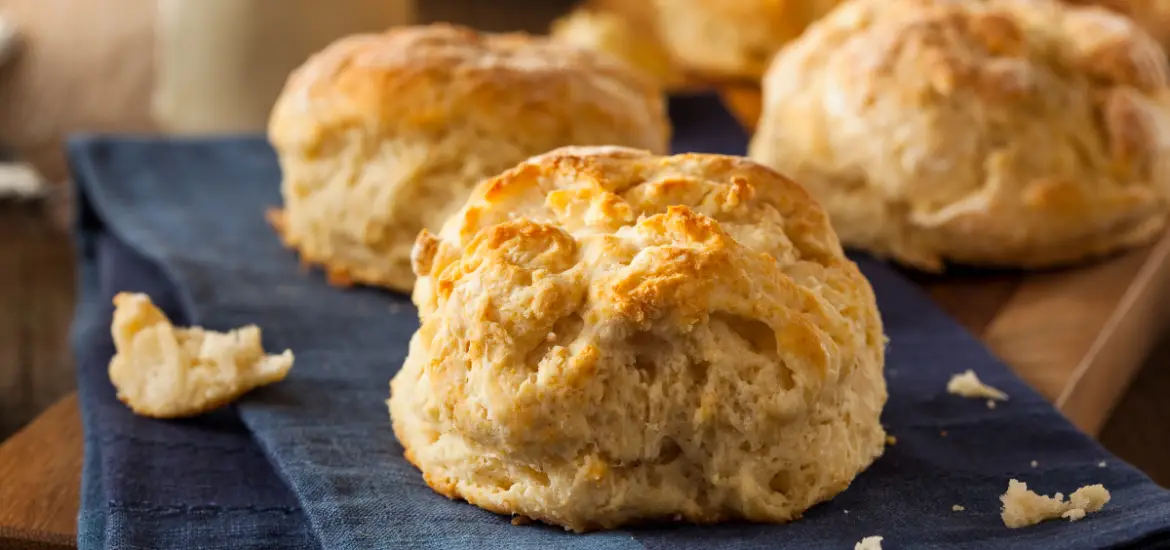
Biscuits or as we like to refer to them, little soft buttery baked goodnesses, share similarities with Italian biscotti. They evolved in the 19th century into the modern-day American biscuit. They’re celebrated on May 29th, the National Biscuit Day!
Biscuits taste amazing no matter what you eat them with. Some recipes include bacon in their dough to make them even tastier. Baking them is fairly easy, though it might take a trial or two to get them to taste right.
14. Cornbread
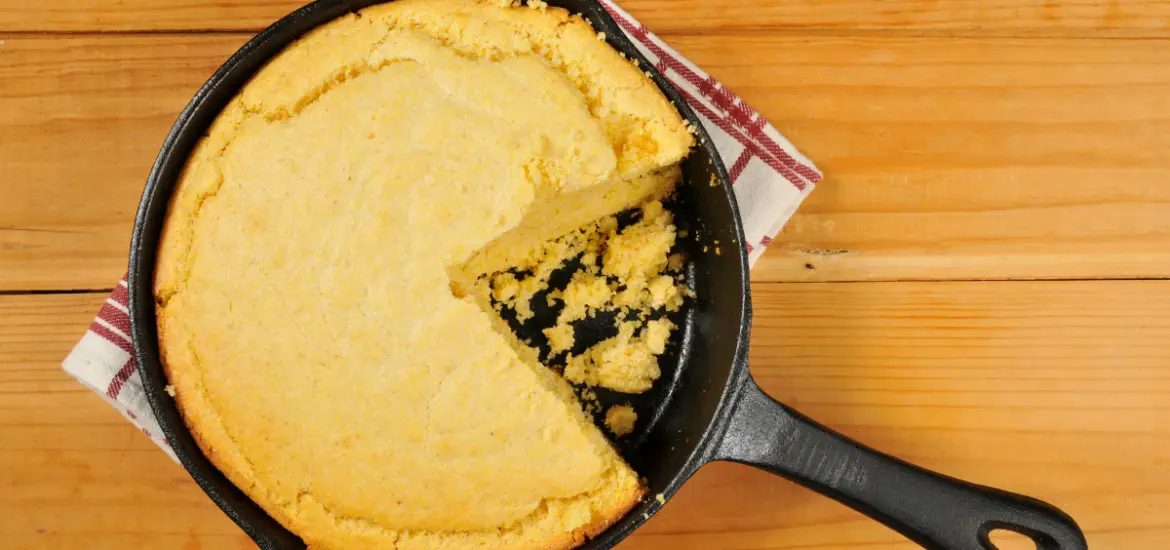
America is the land of corn, which makes it no surprise that Native Americans have been baking cornbread long before European settlers. The European settlers loved it so much they emulated it. It’s simple and quick to make!
This cornmeal-based bread has a unique taste. It can be baked, fried, or even steamed. Johnny Cake, Corn Pone, and Hushpuppies are all popular variations of cornbread.
15. Pita
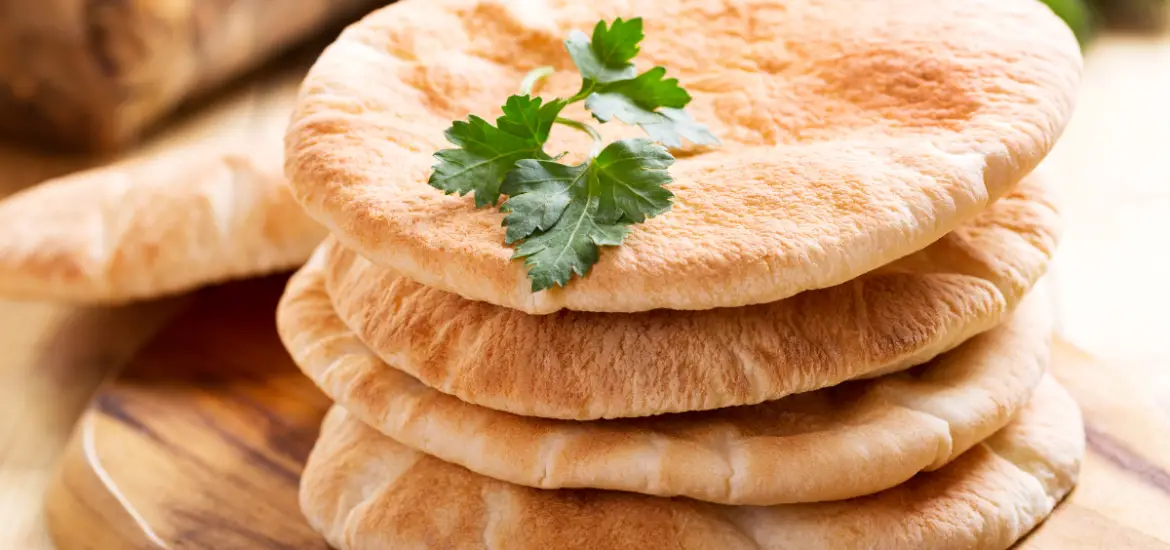
Pita is a delicious Middle Eastern flatbread. While it’s not yet known whether the Bedouins or Amorites first made it, it’s usually referred to as Lebanese or Syrian bread. It’s quite soft, chewy, and has a slightly sweetened taste. Pita is an all-purpose bread. It’s used to make sandwiches, wraps, and can be eaten beside dinner or with dips.
While the ingredients and instructions themselves are simple, pita bread requires high heat to get it to puff up. It might be tricky to do at home.
16. Naan
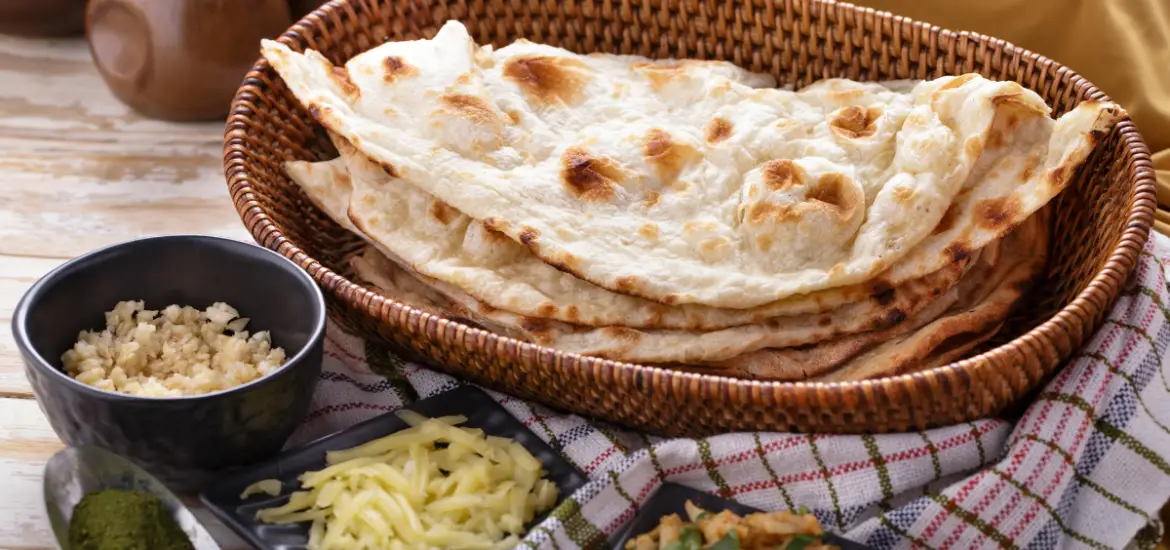
Our favorite part of ordering Indian take-out is the Naan that comes with it, don’t you think? Well, it’s not actually Indian. This high-density pita-like bread originated somewhere in Central Asia.
Milk or yogurt give naan its distinct taste. The brushed butter on top seals the deal. It can be eaten alone or alongside food, especially Indian. It might not seem like it, but naan is actually quite easy to make at home.
To Wrap Up
How much of that information was news to you? You thought you knew your bread, we bet you were wrong. Now you know more about your favorite types of bread and might even have discovered new types you’ve never tried before.
